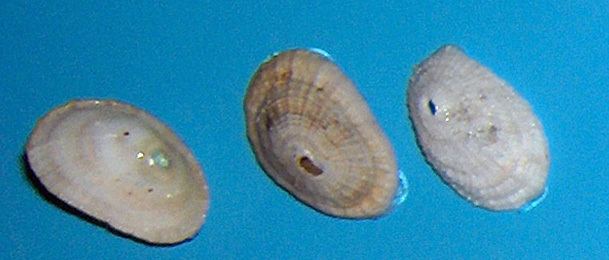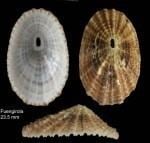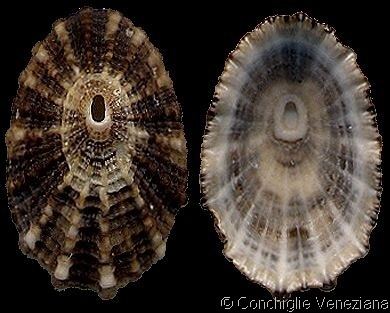Superfamily Fissurelloidea Genus Diodora Rank Species | ||
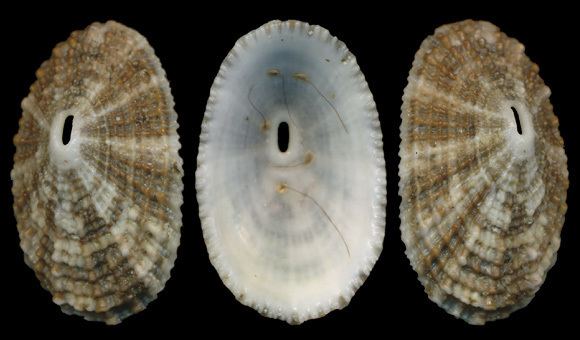 | ||
Similar Diodora italica, Diodora, Emarginula, Clanculus cruciatus, Jujubinus striatus | ||
Diodora graeca (common name : Greek keyhole limpet), is a sea snail or limpet, a marine gastropod mollusk in the family Fissurellidae, the keyhole limpets.
Contents
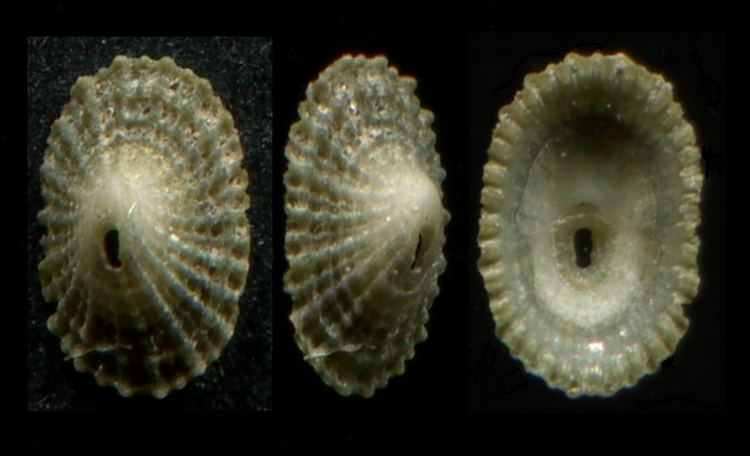
It was originally described by Linnaeus in 1758 as Patella graeca (basionym).
Distribution
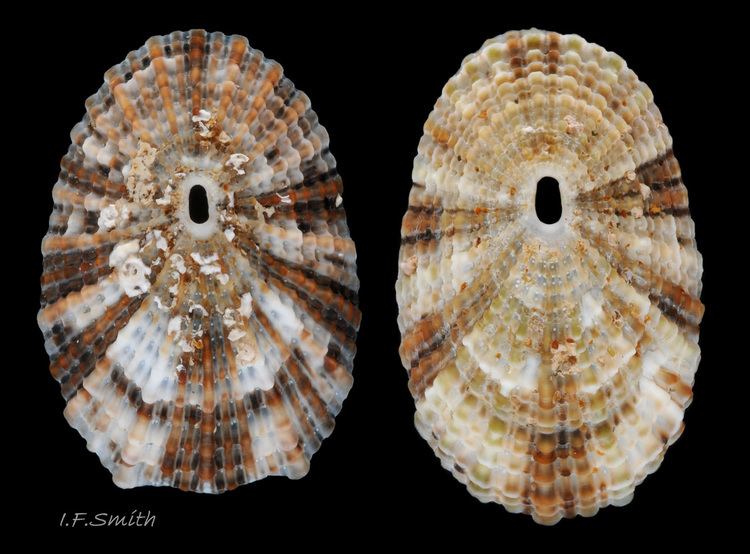
This keyhole limpet can be found beneath stones and clinging to rocks in the sublittoral zone (up to a depth of a few hundred meters) in the Mediterranean and West Africa to the North Sea (widespread on the coasts of Ireland and western Britain) and the subarctic North Atlantic. The specimens washed up on the beaches of the North Sea are almost certainly fossil (from the Pliocene and the Eemian), as this species no longer occurs in the south-eastern part of the North Sea.
Description
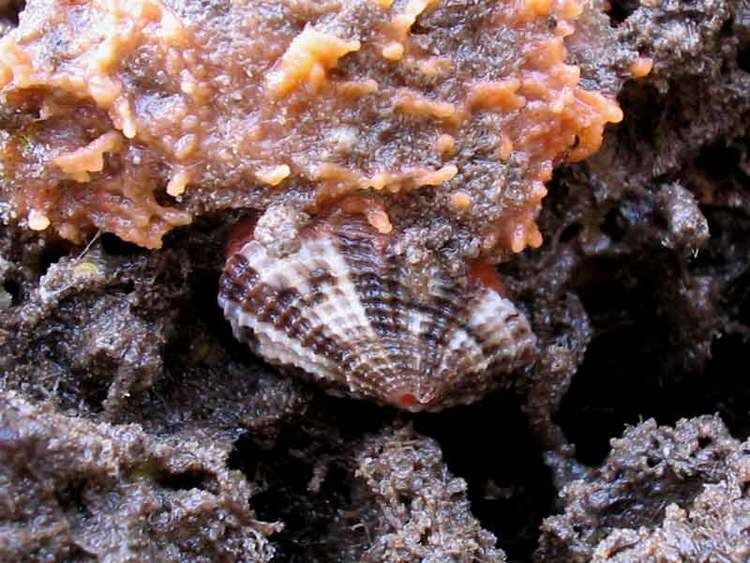
The oval shell is small (25 mm long and 18 mm wide) and rather flat. It has no whorls and is shield-shaped. The base of the shell is somewhat bent. Its aperture is situated at the dorsum and is keyhole-shaped. This hole serves as an outlet for water and waste products. The shell has a slight reticulated sculpture with concentric cords crossed by radial ridges and with the alternate ridges larger. The color of the shell varies from creamy white to yellow white and is often slightly orange tinted.
This species is mainly herbivorous and also feeds on detritus. The animal has a broad creeping foot and a developed mantle. Its carotenoid content has been investigated and the following substances have been found : α-, β, γ-carotene, zeaxanthin, diatoxanthin, mutatoxanthin and astaxanthin.
Synonyms
